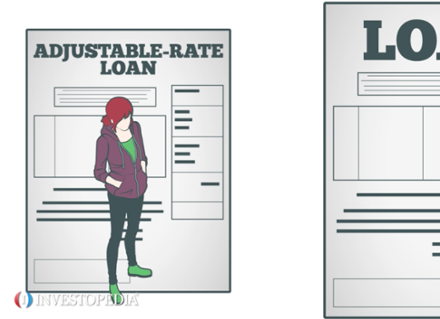A commercial bank is a type of financial institution that accepts deposits, offers checking account services, makes business, personal and mortgage loans; and offers basic financial products like certificates of deposit and savings accounts to private individuals and small businesses. A commercial bank is where most people do their banking. Traditionally, commercial banks are physically located in buildings where customers come to use teller window services, ATMs, and safety deposit boxes. But a growing number of commercial banks operate exclusively online where all transactions with the commercial bank must be made electronically. These “virtual” commercial banks usually pay a higher interest rate to their depositors and usually have lower service and account fees. For many years, commercial banks were kept separate from another type of financial institution called an investment bank. Investment banks provide underwriting services, M&A and corporate reorganization services and other types of brokerage services for institutional and high net-worth clients. This separation was part of the Glass-Steagall Act of 1932, which was passed during the Great Depression. It was thought that financial markets would be more stable if commercial banking and investment banking were kept separate. The Glass-Steagall Act was repealed by the Gramm-Leach-Bliley Act of 1999.





